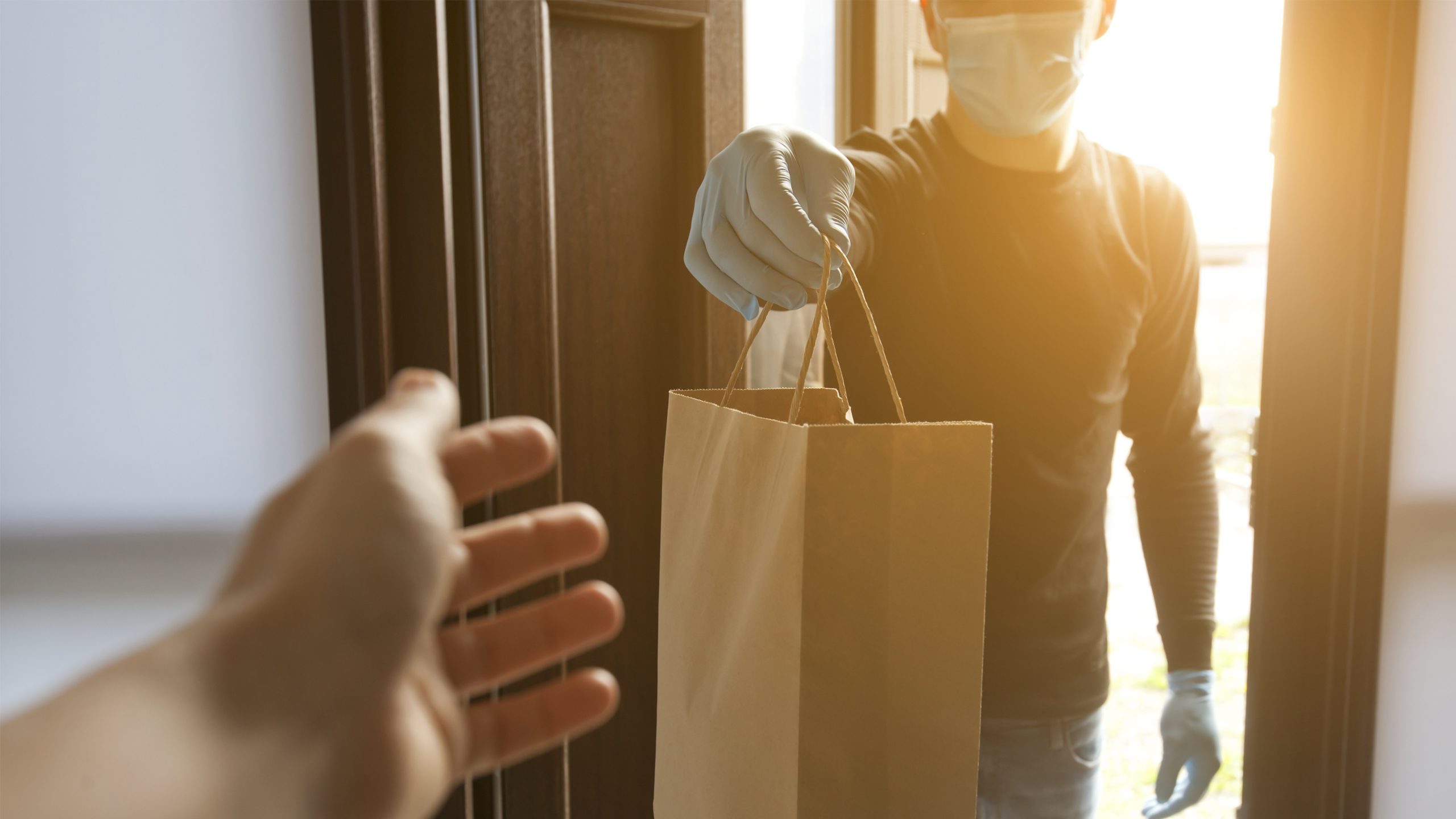In-house or Third-Party Delivery? It Depends on Capabilities

The delivery channel for restaurants was already growing prior to COVID-19, but has been vastly accelerated. Due to sheltering at home and restaurant capacity limits, restaurants had to pivot to become e-Commerce and delivery companies overnight.
Delivery Growth By the Numbers
It’s likely that delivery is making up a growing portion of your revenue and if it isn’t now – it could.
- Delivery will make up a bigger piece of the pie – Analysts believe that delivery could eventually top 40% of all restaurant sales (Zion & Zion).
- Off-premise will rise as delivery surges – Revenue generated by off-premise dining makes up 44% of all restaurant sales, with 25% of those orders accounting for delivery (Technomic).
- Carryout customers convert to delivery, especially in younger demographics – 21% of consumers are increasingly replacing carryout orders with delivery orders, and for those between the ages of 18 to 34, that percentage goes up to 30% (Restaurant Business)
The Great 1P vs. 3P Debate
So how does a restaurateur ensure they’re exhausting all avenues for revenue growth using the delivery channel? First, you need to consider whether your brand is up for offering delivery in-house or whether resources suggest third-party delivery is best. There are pros and cons to each.
First-party delivery can be difficult to execute – the logistics and labor necessary to provide this service may require a large upfront investment. This route, however, allows you to have more control over your service, as well as better control acquiring repeat customers through delivery data collection.
Third-party delivery, on the other hand, can make it difficult to control service, food quality and branding – a big concern for restaurants that take their brand to heart. Not to mention the drop in profitability, with an average of 20% to 40% of delivery revenue going to third-party platforms (Zion & Zion). It’s much less investment upfront though, allowing your restaurant team to remain lean, as needed.
Customer Data is Key to Success
No matter if you’re just beginning to consider offering delivery, or contemplating if in-house or third-party delivery is right for you, leveraging customer data will be your key to unlocking greater revenue. Have a plan to capture data for customer acquisition. If you choose the third-party delivery route, there are solutions available that allow restaurants to own more of the data when integrating third-party delivery directly into their website or mobile apps. If in-house delivery is achievable, ensure you have the capabilities in place to capture valuable data about your customers and put it to use.
By looking through the acquisition lens, restaurateurs can measure a delivery order through the cost of acquisition. Is 10% or even 30% of the check worth a new customer in your database?
These questions should help you determine the right path forward as dining behaviors continue to evolve. Whether you choose to offer in-house or third-party delivery, one thing is certain – delivery is here to stay. Do you have a plan? Ad Cucína can assist you in navigating your path forward. Reach out with all of your delivery inquiries We’re here to help.
